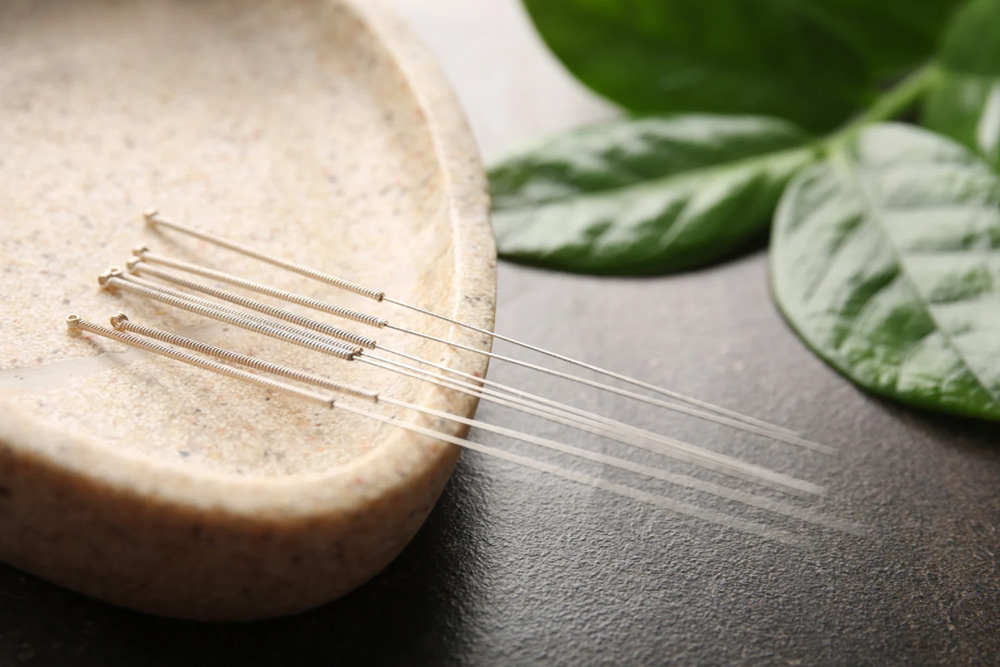Neuromodulators like Botox, Dysport, Nuceiva, and Xeomin are effective in reducing the appearance of wrinkles and fine lines on the face. These injectables contain OnabotulinumtoxinA, a neurotoxin derived from Clostridium botulinum. By injecting Neuromodulator into specific facial muscles, it temporarily blocks the nerve signals that cause muscle contractions, preventing the formation of wrinkles and fine lines on the skin’s surface. This treatment is commonly used to target forehead lines, crow’s feet, and frown lines between the eyebrows. It is a safe and efficient procedure that helps individuals achieve a more youthful and refreshed look with minimal downtime.
Botox, Dysport, Nuceiva, and Xeomin are all neurotoxins used to relax muscles and reduce wrinkles. The main difference lies in the type of botulinum toxin used and any protein additives in each product. Dysport may have a faster onset and wider spread, while Xeomin contains only the botulinum toxin without additional proteins. This can make Xeomin a good option for people who have developed antibodies to the proteins in Botox or Dysport. Nuceiva claims to work faster and last longer than Botox. The choice between these options depends on factors such as patient goals, medical history, and healthcare provider recommendations.
The effects of Neuromodulators typically take a few days to become noticeable, with full results visible within two weeks of treatment. Neuromodulator treatments usually last between four and six months, after which the effects gradually wear off, and muscle activity returns to normal.
Neuromodulators such as Botox, Dysport, Nuceiva, and Xeomin are considered safe and effective when administered by qualified professionals. They have received FDA approval for cosmetic use and have a proven track record of safety and efficacy. However, like any medical procedure, there are possible risks and side effects, including temporary redness, swelling, bruising at the injection site, headache, flu-like symptoms, and temporary muscle weakness. It’s important to consult with a qualified practitioner and discuss any concerns before undergoing treatment.
Neuromodulator injections can cause some discomfort or pain, but the level of pain is usually minimal and brief. Many patients compare the sensation to a pinprick or mild stinging. In addition, most Neuromodulator providers can apply a topical numbing cream to help reduce any discomfort during the injection process. Overall, the level of pain experienced during Neuromodulator injections is typically considered to be tolerable.
There is usually no downtime or recovery period needed after Neuromodulator injections, and you can resume your daily activities immediately following the treatment. However, it is recommended to avoid strenuous exercise, alcohol consumption, taking hot showers and any activity including facials or microneedling that can result in the Neuromodulators to spread to other areas of the face. Additionally, you may experience mild swelling or bruising at the injection site, but this typically subsides within a few days.
Cosmetic Neuromodulator injections are commonly used to reduce the appearance of fine lines and wrinkles in various areas of the face. These areas include the forehead, glabella (between the eyebrows), crow’s feet (around the eyes), bunny lines (on the nose), lip lines (smoker’s lines), chin, and neck (tech neck). Neuromodulators can effectively smooth out wrinkles and improve the overall appearance of these areas.
The main difference between Botox, Dysport, Nuceiva and Xeomin is that Xeomin is a “naked” injectable, meaning it contains only the active ingredient and no additives, while Botox, Dysport and Nuceiva contain accessory proteins. Some people may have developed antibodies to the accessory proteins in Botox, Dysport and Nuceiva, making Xeomin a better option for them. Additionally, some people may find that Xeomin takes effect faster than Botox, although this can vary between individuals.
Yes, Botox can be used to treat chronic migraines and other types of headaches. In fact, Botox injections have been FDA-approved for the prevention of chronic migraines in adults who experience headaches on at least 15 days per month, with each headache lasting 4 hours or longer. The injections work by relaxing the muscles in the head and neck that can trigger migraines and headaches.
Yes, Botox can be used to treat hyperhidrosis, a medical condition that causes excessive sweating. Botox injections work by blocking the release of a chemical called acetylcholine, which stimulates the sweat glands. By blocking this chemical, Botox temporarily reduces the production of sweat in the treated area. Botox injections for hyperhidrosis are typically administered in the underarms, hands, or feet by a healthcare professional and can provide relief from excessive sweating for several months.
Yes, Botox injections can help relieve TMJ pain. TMJ, or temporomandibular joint disorder, is a condition that can cause pain and discomfort in the jaw joint and muscles that control jaw movement. Botox injections can help alleviate this pain by relaxing the muscles responsible for causing the discomfort. By injecting Botox into the jaw muscles, it reduces the intensity of the muscle contractions and therefore helps to alleviate the pain associated with TMJ. The effects of Botox injections for TMJ pain relief can last for several months, and repeat treatments may be needed to maintain the benefits.
If you are considering Neuromodulator injections, it is recommended to consult with one of our qualified medical professionals who can evaluate your individual needs and determine if Neuromodulator injection is right for you. During the consultation, the medical professional will discuss your medical history, current medications, and your desired outcome. They may also examine your facial muscles and skin to determine the optimal injection sites and dosages. Together, you can discuss the risks and benefits of the treatment and decide if and which Neuromodulator is the right choice for you.





